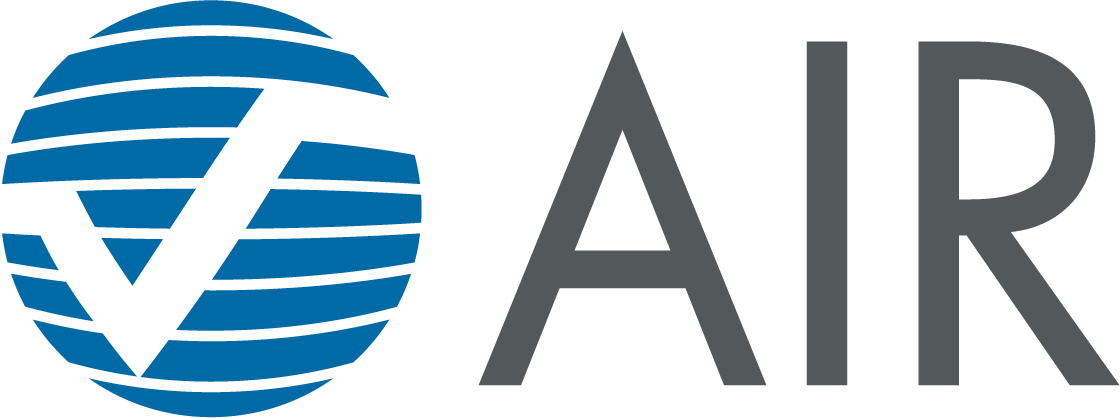
Boston, Oct. 22, 2019 (GLOBE NEWSWIRE) — Catastrophe risk modeling firm AIR Worldwide estimates that industry insured losses from Typhoon Hagibis, which made landfall in Japan on October 12, will be between JPY 865 billion (USD 8 billion) and JPY 1,730 billion (USD 16 billion), with more than half of the losses due to inland flooding. AIR Worldwide is a Verisk (Nasdaq:VRSK) business.According to AIR, Typhoon Hagibis made landfall with 1-minute sustained wind speeds of about 145 km/h (90 mph), the equivalent of a Category 1 hurricane, on the main Japanese island of Honshu on Saturday, October 12, near Shizuoka on the Izu Peninsula. The storm delivered high winds and record-breaking precipitation to a large portion of Honshu from Mie Prefecture in the west to Iwate in the north. Storm surge raised sea levels by more than 1 meter above mean sea level along parts of the coast.According to AIR, of the ~540 river gauging stations on Honshu island, more than 85 exceeded their 100-year return period peak flows, with more than 100 exceeding their historical records. In addition, shortly before Hagibis made landfall, a magnitude 5.7 earthquake struck the region—parts of which were in the early stages of recovery from Typhoon Faxai, which struck just one month prior.Because of the intense rainfall within a short time period, much of the floodwater has a high mud content and includes a large amount of debris; this could potentially increase the costs of repair and cleanup and drive up business interruption losses—especially for commercial and industrial properties. In addition, Hagibis impacted some of the same region damaged by Typhoon Faxai a few weeks earlier. Additional damage caused by Hagibis to properties that were damaged by Faxai but were not repaired would further complicate claims settlements.AIR’s modeled insured loss estimates include:Insured damage to property (residential, commercial, industrial, and agricultural/mutual), structures and their contents, as well as extra expenses and debris removal, and automobile from wind, storm surge, and inland flood.AIR’s modeled insured loss estimates do not include:LandslideLosses from tornado or earthquakeLosses to landLosses to infrastructureLosses to CAR/EAR, marine hull, or marine cargo lines of businessBusiness interruption lossesLoss adjustment expensesDemand surge—the increase in costs of materials, services, and labor due to increased demand following a catastrophic event; demand surge can be applied by AIR software users who want to account for this variableAbout AIR Worldwide
AIR Worldwide (AIR) provides risk modeling solutions that make individuals, businesses, and society more resilient to extreme events. In 1987, AIR Worldwide founded the catastrophe modeling industry and today models the risk from natural catastrophes, terrorism, pandemics, casualty catastrophes, and cyber incidents. Insurance, reinsurance, financial, corporate, and government clients rely on AIR’s advanced science, software, and consulting services for catastrophe risk management, insurance-linked securities, longevity modeling, site-specific engineering analyses, and agricultural risk management. AIR Worldwide, a Verisk (Nasdaq:VRSK) business, is headquartered in Boston, with additional offices in North America, Europe, and Asia. For more information, please visit www.air-worldwide.com.###For more information, contact:
Kevin Long
AIR Worldwide
+1-617-267-6645
[email protected]
Bay Street News

